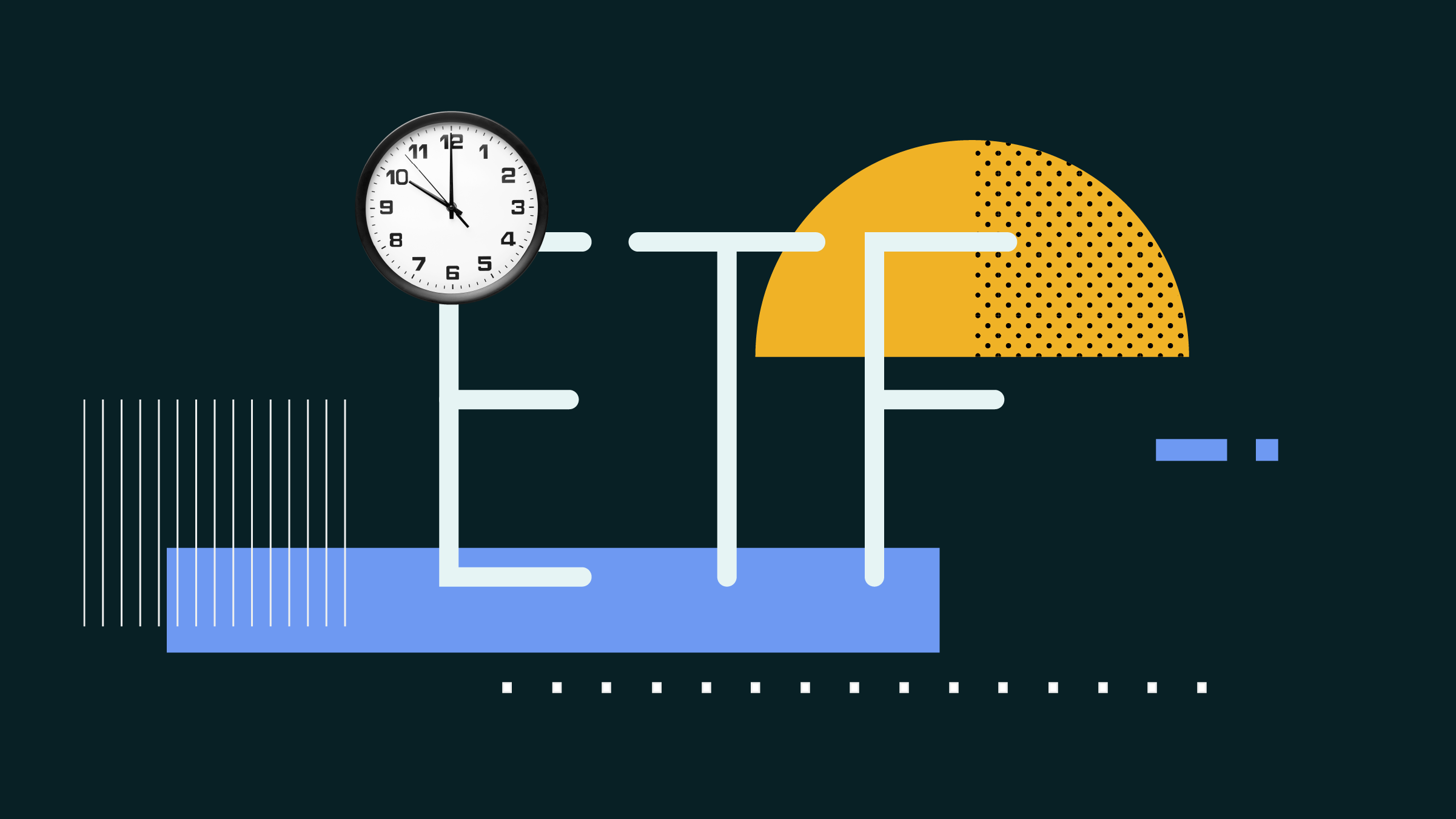Question: As a 68-year-old new retiree, I have about half of my portfolio in bond funds. But frankly, I'm questioning the wisdom of such a large fixed-income position given the prospect of higher interest rates. How can I tell how interest-rate-sensitive my portfolio really is?
Answer: Your question is a timely one. Investors, especially those in or nearing retirement, are rightly concerned about how the so-called safe portions of their portfolios are likely to behave in a sustained period of rising interest rates.
It's definitely smart to think about what risks might lurk in your portfolio, particularly in segments that you expect to be drawing upon for living expenses within the next several years. And while the details and timing are still up in the air, central banks in both Canada and the U.S. have signaled their intent to increase interest rates over the next several years. That could spell trouble for bond prices if rates head up and continue to spike.
At the same time, I don't think it's a good idea to dump bonds altogether. For one thing, current bond prices are already factoring in the possibility that rates could go higher in the future; it's not as though the threat of rising rates is a new concept that no bond-market participants have considered.
Moreover, shunning bonds carries risks of its own. With cash yields as low as they are currently, prematurely downplaying bonds in favour of cash carries an opportunity cost. And dividend-paying stocks, while perhaps a reasonable home for a portion of your portfolio that you might otherwise dedicate to bonds, have a much higher volatility profile than do bonds. A worst-case scenario for stocks will result in much higher losses than you're apt to see in an Armageddon-type scenario in the bond market.
It also helps to keep bond worries in perspective. Yes, rising rates tend to depress the prices of already-existing bonds on the market. But if you own individual bonds, you can simply hold them to maturity and reinvest the proceeds into bonds with higher yields attached to them. (Just make sure that you're adequately diversified and that you're not sinking too large a share of your portfolio into bonds with sketchy credit qualities, as discussed in this article.) And if you own a bond fund, you may see your principal value decline, but those losses will be at least partially offset by the fact that the manager can swap into higher-yielding bonds as he or she goes along.
The stress-test
At the same time, I completely agree that it's a good strategy to stress-test your bond holdings to see exactly how much interest-rate sensitivity is lurking there. One common rule of thumb is that for every one-percentage-point increase in government bond yields, an investor could expect to lose an amount equal to the fund's duration. A refinement to that rule of thumb proposed by Vanguard fixed-income guru Ken Volpert is to subtract a fund's yield from its current duration to estimate the potential loss from a 1% increase in yields. This accounts for the fact that even though the uptick in rates leads to principal losses, the investor recoups part of that loss in the form of income during the 12-month period.
To use a current (and widely held) example, RBC Bond currently has a yield of 2.23% and an average duration of 7.9 years. That means if yields increased by one percentage point during a one-year period, one could expect the fund to lose roughly 5.7% during that same time frame. If yields increased by 0.25% during a one-year period, the fund would stand to earn a slightly positive return during that stretch. (A 7.9-year duration multiplied by the interest-rate increase of 0.25 equals a 1.98% loss of principal over the one-year period, but the investor also earns a 2.23% yield during that time, so the fund's one-year total return would be approximately 0.25%.)
Meanwhile, the projected losses for long-term government bonds amid a period of rising rates look a lot more alarming. SEI Long Duration Bond, for example, has posted an impressive annualized gain of 7.2% during the past five years. But given the fund's duration of 14.6 years and yield of 3.86%, shareholders could expect to lose roughly 11% of their principal during a one-year period if bond rates were to jump up by one percentage point during that same time frame. That example illustrates that if you're concerned about rising rates, avoiding long-term bond funds is a good starting point.
And while duration is a handy measure, there are some limitations of which you should be aware. Investors use changes in bond yields as a proxy for what's happening with interest rates, and changes in yields are a good predictor of what you can expect from a government bond fund's performance. But other types of bonds won't be as responsive to changes in government bond yields. Thus, it's a mistake to derive a false sense of precision from the aforementioned rule of thumb, particularly if you're dealing with a bond type where there's a substantial differential between its yield and that of government bonds.
Have a personal finance question you'd like answered? Send it to AskTheExpert@morningstar.com.















